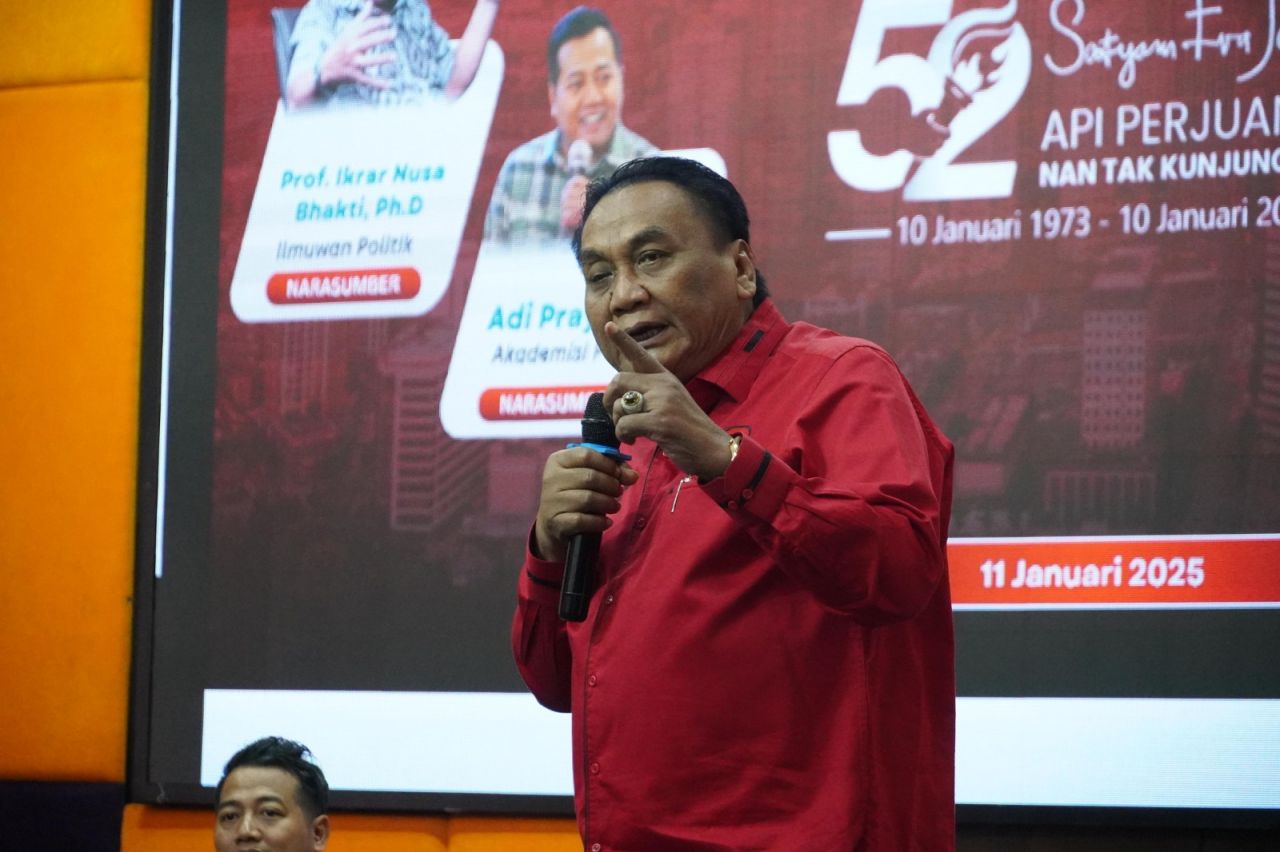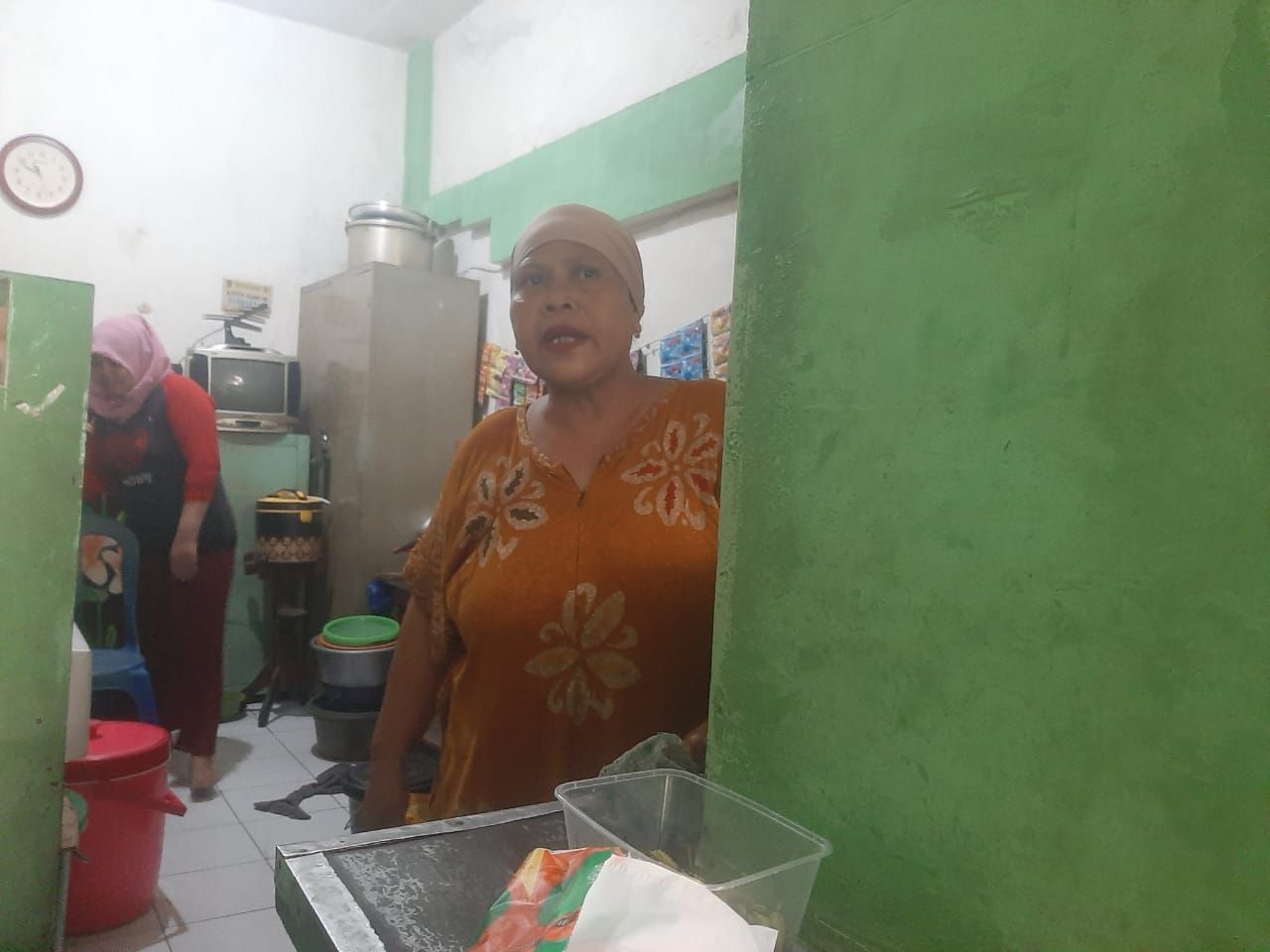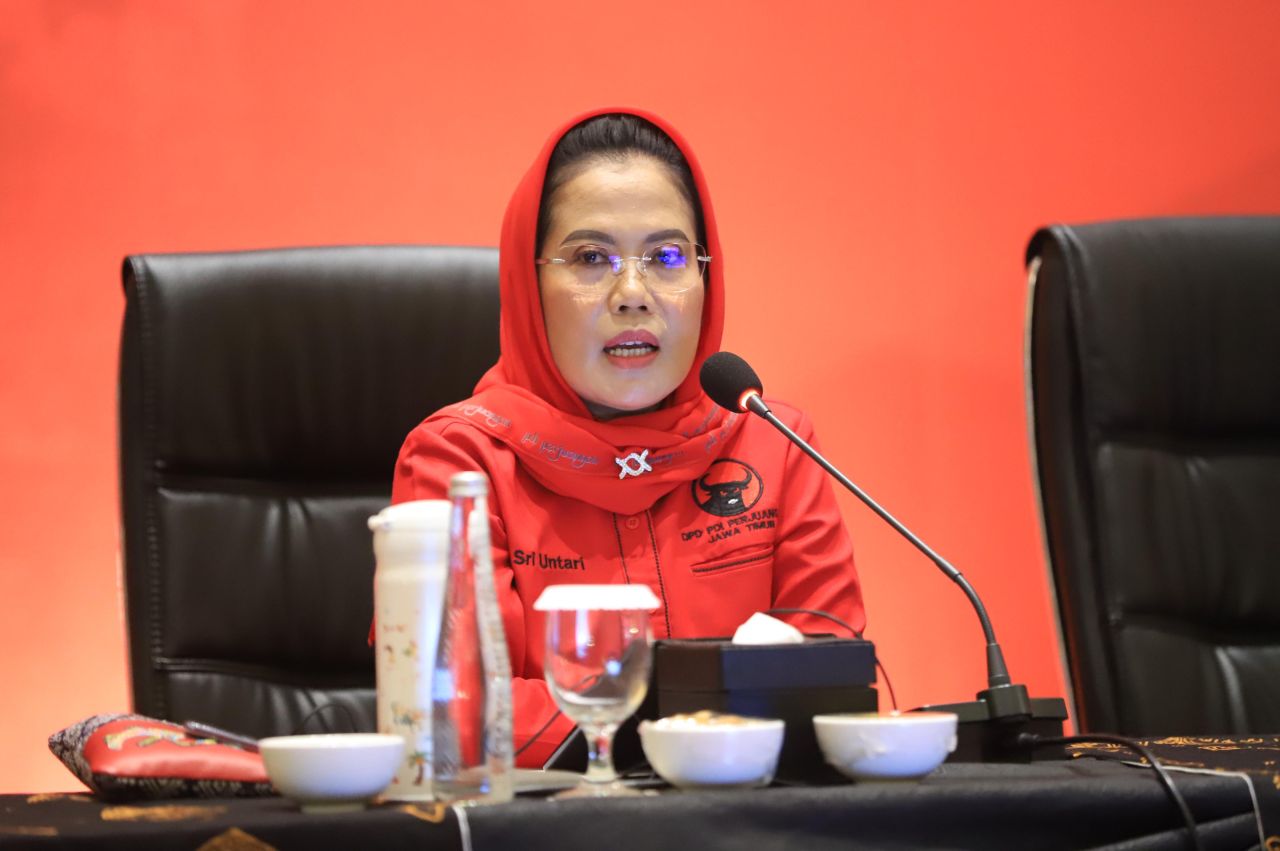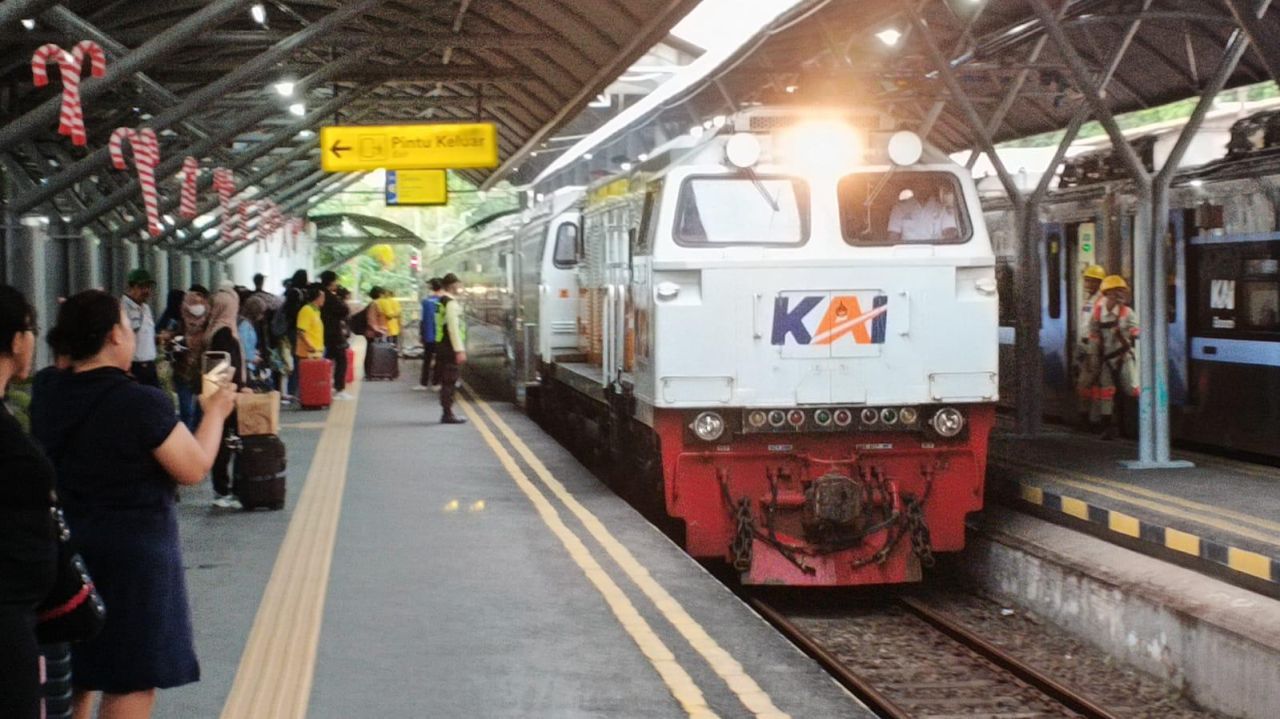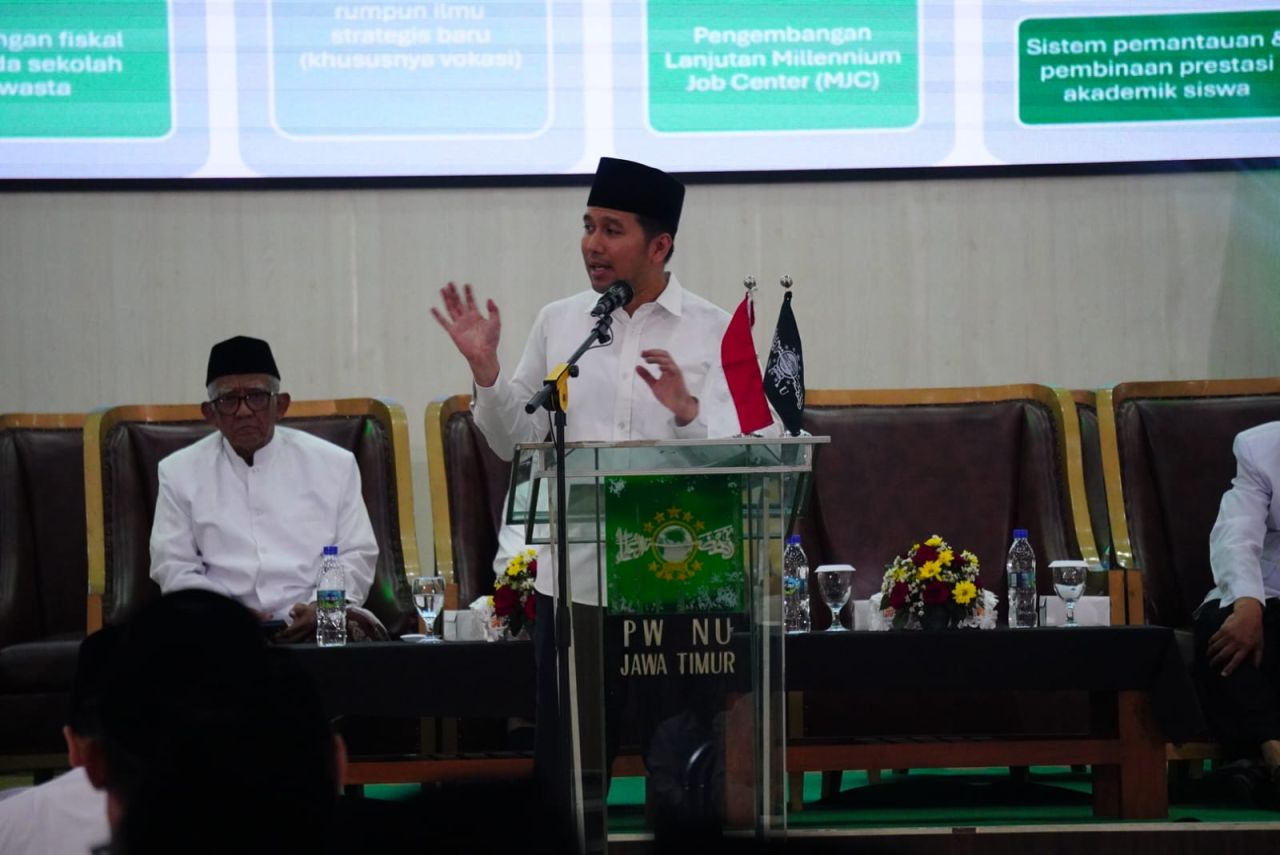A new generation of Renault's largest van is on its way to Australia – after a two-year wait – as new emissions rules threaten the current model.

The next generation of the 2026 Renault Master large van is due in Australia next year, pending any delays, as the current model nears the end of the road under new emissions rules in force later this year.
And it may be the first Master in Australia to require AdBlue diesel exhaust additive, as it will need to meet more stringent Euro 6 emissions rules than the current model, which dates back to 2010.
The latest version of Renault's largest van was revealed in Europe 18 months ago with a redesigned exterior, overhauled interior, new technology, and a choice of diesel or electric power, but has to date not been offered in Australia.
That will change from sometime next year.

"Whilst the plan is to launch the new Master in Australia, we do not expect arrivals until 2026," a spokesperson for Renault Australia told Drive.
A new Master will be necessary, as the current model is only compliant with Euro 5 emissions standards, and so will not meet a mandate for tougher Euro 6 rules for 'heavy vehicles' imported to Australia from November 1, 2025.
Renault Master vans brought to Australia and 'complied' for sale locally before this date can continue to be sold into next year, to bridge any gap to the new model.
No details of the new Master have been announced for Australia, such as prices, engines, model range details, and a more specific launch date than 2026.

In Europe, there are 20 van variants – offering between 11 and 22 cubic metres of space – with a 40mm-wider side door opening and 100mm-longer load area than the outgoing model.
It is available with a 2.0-litre turbocharged diesel engine in 77kW, 96kW, 110kW and 125kW tunes, matched with six-speed manual or nine-speed automatic transmissions, replacing the outgoing Master's ageing automated manual transmission (AMT).
The updated engine – and Euro 6 emissions requirement – means the new Master van may require AdBlue diesel exhaust additive to clean up its tailpipe emissions.
AdBlue – available at some service stations – is stored in a small tank within the vehicle, and will need to be topped up periodically.

In a Ford Transit – a rival large van that requires AdBlue – it is estimated the 21-litre tank will need refilling every 9000km to 11,000km, depending on how the vehicle is driven.
An electric Renault Master is also offered in Europe, combining a 105kW/300Nm electric motor with an 87kWh battery pack for a driving range rating of more than 410km, and a payload of up to 1625kg.
Renault offers L2 front-wheel-drive, L3 front- or rear-wheel-drive and L4 rear-wheel-drive variants in Europe, as well as cab-chassis versions which may not be sold locally, if the current model is a guide.
The new Master is claimed to be sleeker than the previous model, with a 20 per cent smaller frontal area, shorter bonnet, shallower windscreen angle, and a narrower rear end, all intended to reduce drag and, in turn, fuel use.
It is said to have been too big to fit in Renault's wind tunnel, so the company worked with four-fifth scale models before testing full-size prototypes in a wind tunnel built for aircraft.
Inside, there's a 10-inch touchscreen as standard overseas with Google Maps, Assistant and other apps built-in, plus Apple CarPlay, Android Auto, and over-the-air, downloadable software updates.
Traditional air-conditioning controls have been retained – rather than moving to a touch design – while the steering wheel is sourced from Renault passenger cars, and the gear selector is now on a stalk.
Renault quotes 25 per cent more interior storage space – up to 135 litres throughout the cabin – and two- or three-seat layouts, including a middle seat that can fold down into a desk.
Alex Misoyannis has been writing about cars since 2017, when he started his own website, Redline. He contributed for Drive in 2018, before joining CarAdvice in 2019, becoming a regular contributing journalist within the news team in 2020. Cars have played a central role throughout Alex’s life, from flicking through car magazines at a young age, to growing up around performance vehicles in a car-loving family. Highly Commended - Young Writer of the Year 2024 (Under 30) Rising Star Journalist, 2024 Winner Scoop of The Year - 2024 Winner































